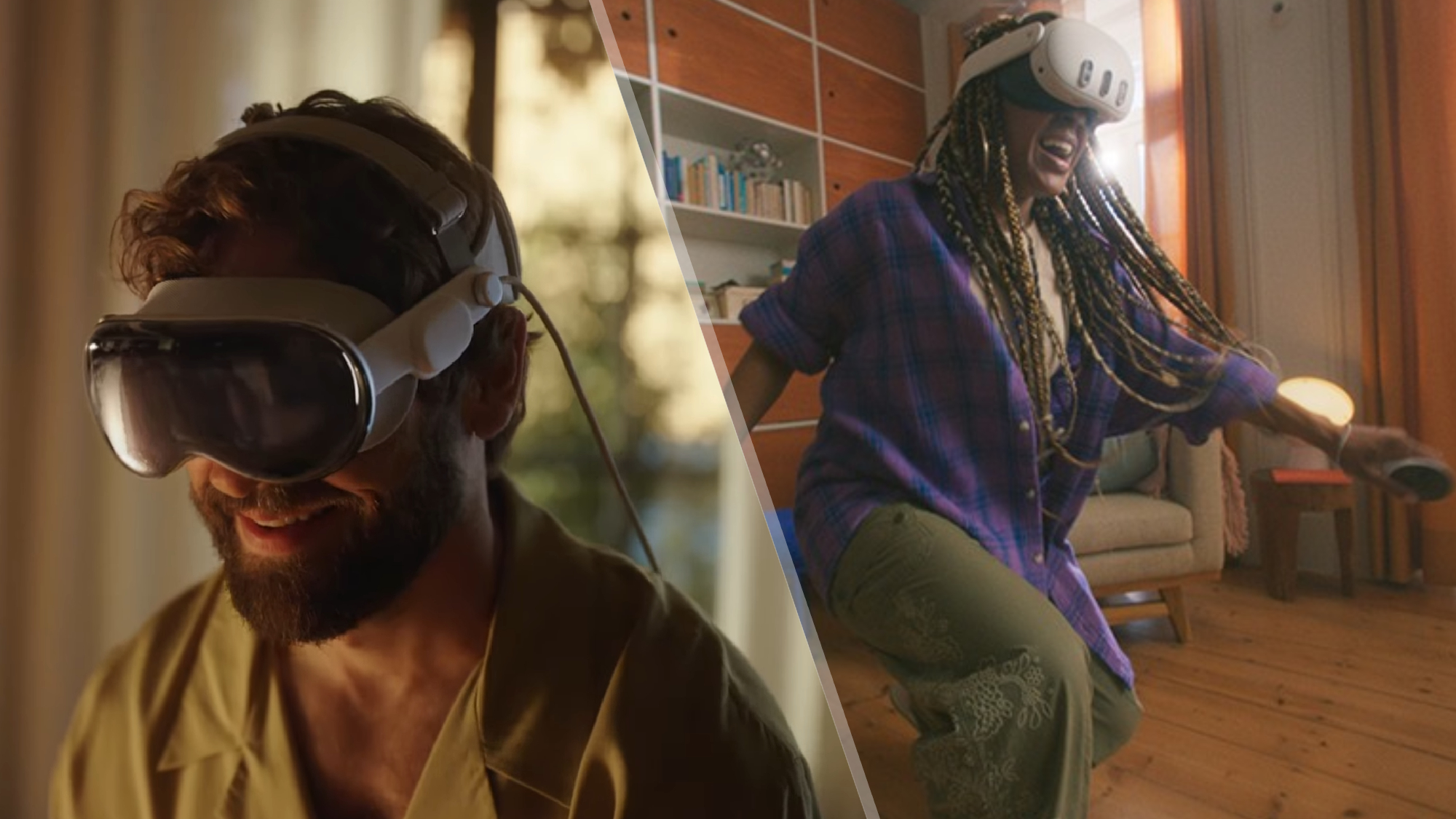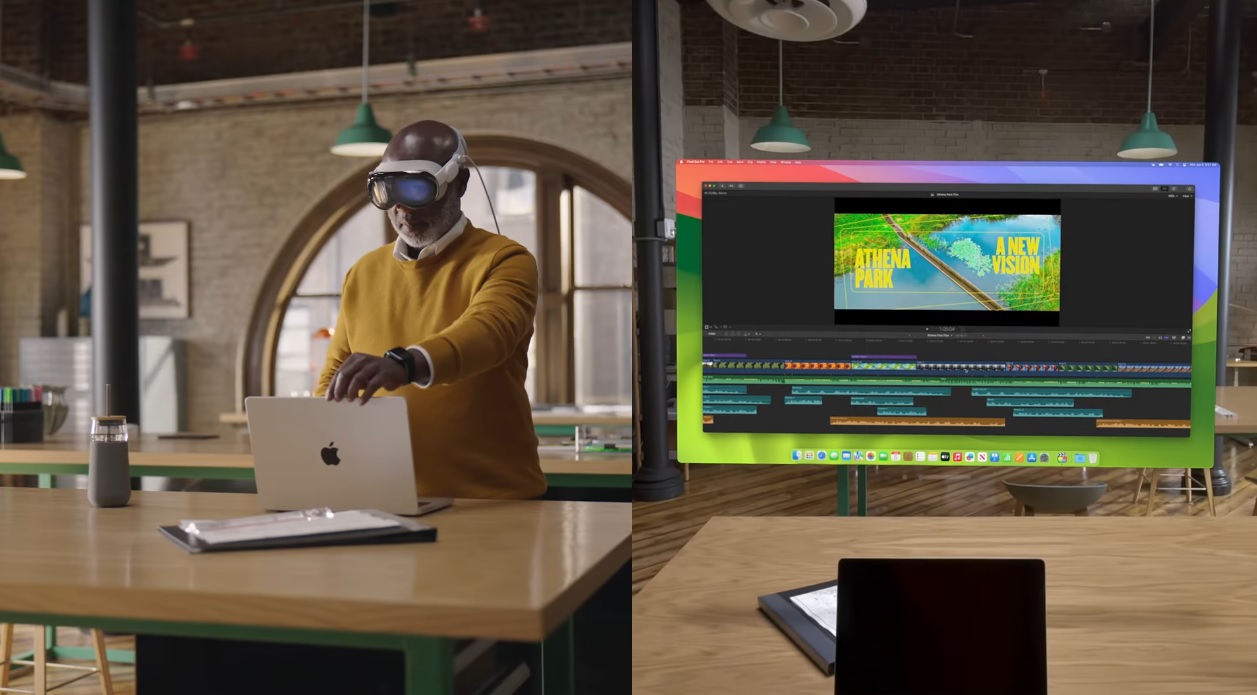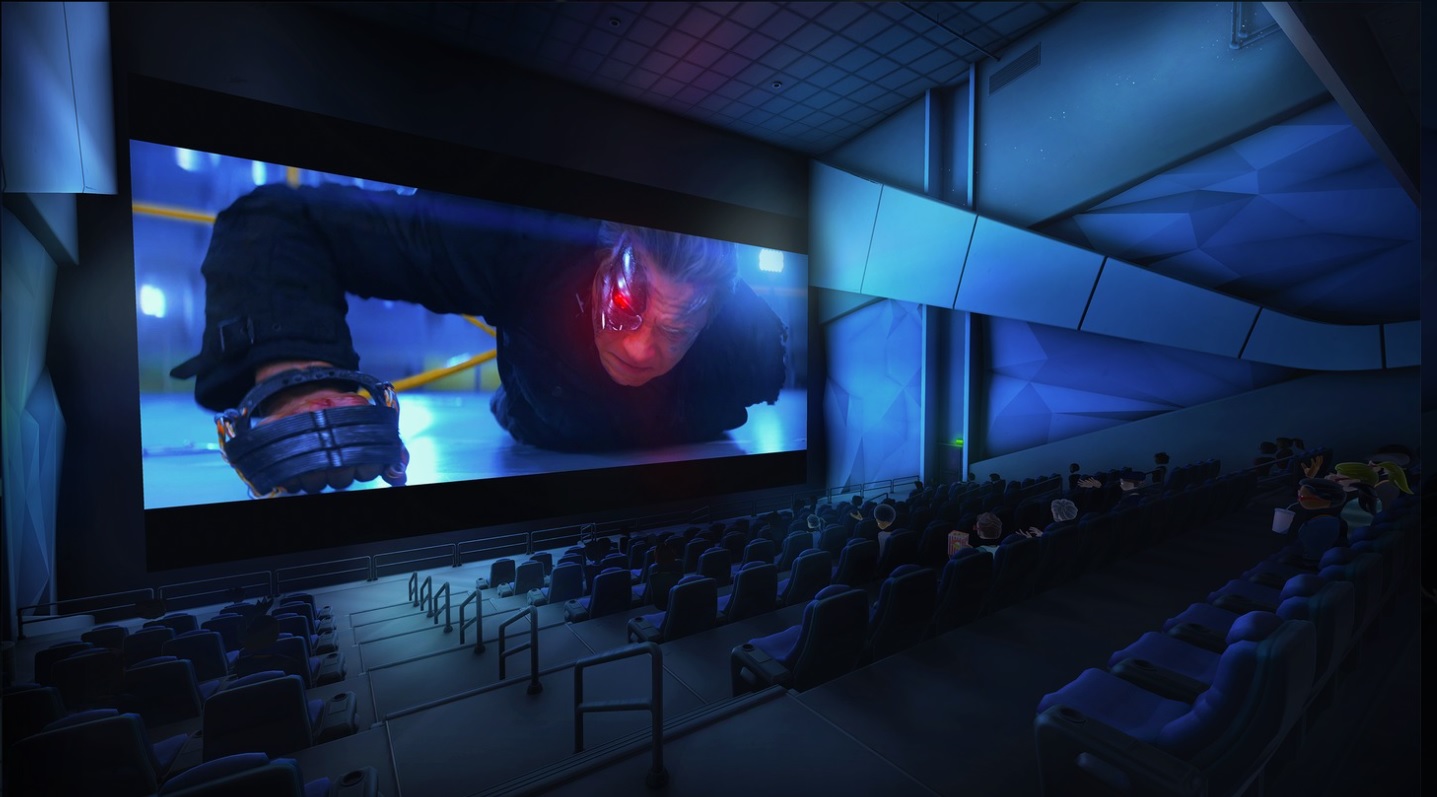
Yes, the Apple Vision Pro is nearly seven times the price of the $400 Meta Quest 3, and when you look the incredible, long list of features the $3,500 headset offers, some may argue that its sky-high cost is justified. Plus, it's Apple — they don't do cheap. Still, not many of us have $4,000 to flush down the toilet for "funsies," so we have no choice but to look at more budget-friendly VR alternatives.
If you're in the "I'm on a budget" camp, don't feel too bad. Yes, there are a lot of cool things that the Apple Vision Pro can do, but some of you — particularly those who are new to the VR world — may be surprised that they actually share a lot of the same awesome features.
Let's break down their top 3 shared features, starting with the coolest one.
1. You can use a MacBook with the Meta Quest 3
At WWDC 2023, Apple boasted that the Vision Pro users can bring their MacBook wirelessly into the headset "just by looking at it." In other words, you can see your MacBook's screen inside Vision Pro's simulated reality as if there's a giant Pro Display XDR right in front of your eyes.

In the Quest 3, you can do something similar with Meta's Horizon Workrooms. This app, alongside a software called Meta Quest Remote Desktop, allows the Quest 3 to track your MacBook keyboard and stream what's on your display into virtual reality. To put it in layman's terms, you can see a digital version of your keyboard inside the Quest 3 headset, so you can type on it clearly. In addition, you can also see what's on your screen in this digital, in-VR representation of your MacBook.

Funnily enough, when I tested Horizon Workrooms two years ago, I asked a Meta rep why this feature had such limited support. (It's only compatible with Apple-branded laptops and a few others.) I was told that most of the employees working on Horizon Workrooms own MacBooks, so naturally, this Apple laptop is the first to gain support. Secondly, they said that it's difficult to roll out support for all keyboards because the layouts are too varied.
Still, the point is that both the Meta Quest 3 and Apple Vision Pro found a way to solve the following question: How do I use my laptop inside VR without removing my headset?
2. You can use hand gestures with the Meta Quest 3, too
Apple made a big to-do about how the Vision Pro lets users navigate through apps and menus with certain hand gestures. For example, you can use a flicking gesture to scroll through content while pinching to select something that you want.

The Meta Quest 3 doesn't recognize flicking, but you can your hand to navigate and select in-VR content using pinching gestures, too. (See GIF above).
3. Cinematic movie experiences exist on the Meta Quest 3
If the Meta Quest 3 is anything like the Quest 2, it should deliver cinematic-esque movie experiences via in-VR streaming apps. For example, the Netflix app whisks you a way into a stunning virtual environment that looks like a luxury log cabin. If you look to your left, you'll see a beautiful view of snowcapped mountains. What lies before you is a massive screen that can play any of your favorite Netflix shows.
Keep in mind, however, that you'll need to have a subscription before you can use it with the Quest 3 — and let's hope you have your own account because, if not, Netflix is cracking down on you!
And with the Bigscreen app, you can watch 3D movies with an extraordinary full theatre experience. There's a lobby where you can hang out with your real-life friends or chit-chat with strangers. You can also "eat" popcorn or throw 'em at people inside the app. You can even walk through a set of doors, like you would in real life, into a theatre, pick a seat, and enjoy the big-screen entertainment.

Apple Vision Pro offers 3D movies and a cinematic experience, too, and I'll bet it's far more sophisticated and delivers more advanced, envelope-pushing features. On top of that, it's bound to be more visually stunning than the Quest 3. After all, the Vision Pro has a pair of 4K dual displays that sport 23 million pixels across both panels.
Meta didn't reveal much about the Quest 3's displays. We just know it will be a step up from the Quest 2's run-of-the-mill 1,832 x 1,920 panels, but it certainly won't match up to the Vision Pro.
Bottom line
The moral of the story? If you can't afford to shell out $4,000 for the Vision Pro, don't feel bad. The average Joe may not know it, but the truth is, the Quest 3 shares a lot of cool features that Apple's ultra-pricey headset boasts.






